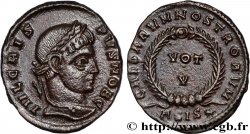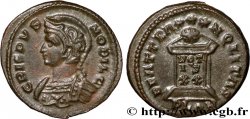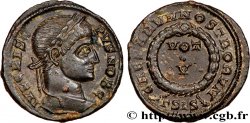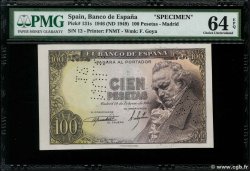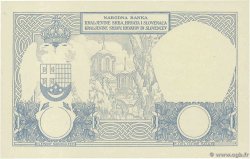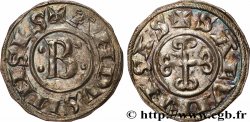E-auction 556-488431 - brm_582950 - CRISPUS Centenionalis ou Nummus
You must signin and be an approved bidder to bid, LOGIN TO BID. Accounts are subject to approval and the approval process takes place within 48 hours. Do not wait until the day a sale closes to register. Clicking on « bid » constitutes acceptance of the terms of use of cgb.fr private e-auctions.
Bids must be placed in whole Euro amounts only. The sale will start closing at the time stated on the item description; any bids received at the site after the closing time will not be executed. Transmission times may vary and bids could be rejected if you wait until the last second. For further information ckeck the E-auctions F.A.Q.
NO BUYER'S FEE.
NO BUYER'S FEE.
| Estimate : | 120 € |
| Price : | 32 € |
| Maximum bid : | 48 € |
| End of the sale : | 11 December 2023 14:17:40 |
| bidders : | 9 bidders |
Type : Centenionalis ou Nummus
Date: 319
Mint name / Town : Siscia
Metal : copper
Diameter : 19,5 mm
Orientation dies : 6 h.
Weight : 3,16 g.
Rarity : R1
Officine: 5e
Coments on the condition:
Exemplaire sur un flan bien centré. beau buste de Crispus. Revers de style fin. Jolie patine verte avec des reflets métalliques
Catalogue references :
Obverse
Obverse legend : IVL CRIS-PVS NOB C.
Obverse description : Buste lauré, drapé et cuirassé de Crispus à droite vu de trois quarts en avant (A*).
Obverse translation : “Iulius Crispus Nobilissimus Cæsar”, (Jules Crispus très noble césar).
Reverse
Reverse legend : VICT LAETAE PRINC PERP/ VOT/ PR/ S// ESIS*.
Reverse description : Deux victoires debout face à face tenant un bouclier posé sur un cippe.
Reverse translation : "Victoriæ Lætæ Principium Perpetuæ", (À la victoire heureuse et durable du Prince).
Commentary
Avec son argenture superficielle. Ruban de type 3. Ptéryges bouletées sous le paludamentum.
With its superficial silvering. Type 3 ribbon. Pteryges balled under the paludamentum
With its superficial silvering. Type 3 ribbon. Pteryges balled under the paludamentum







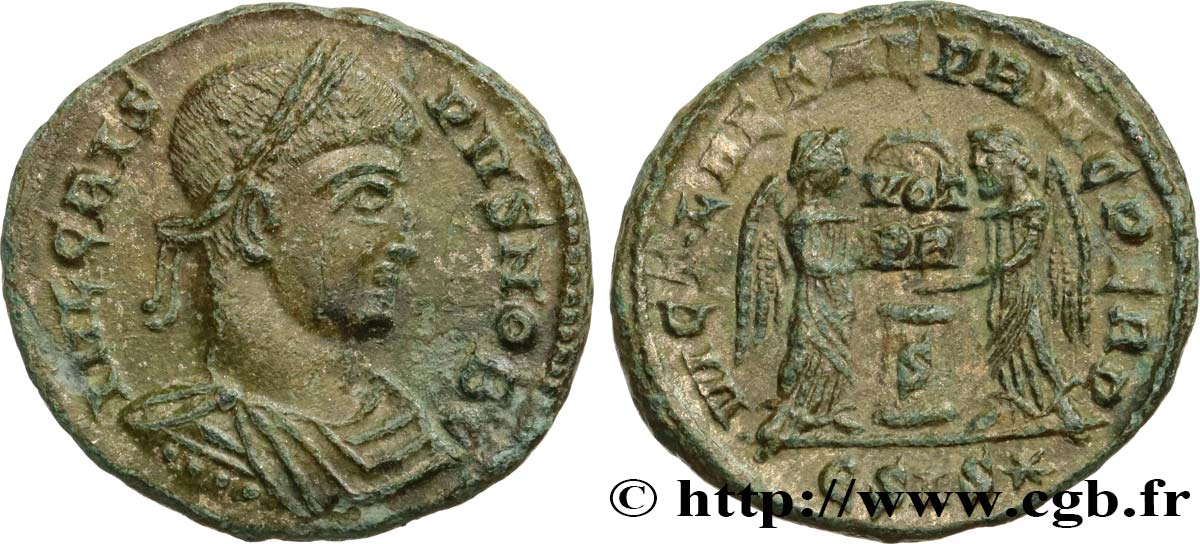
 Report a mistake
Report a mistake Print the page
Print the page Share my selection
Share my selection Ask a question
Ask a question Consign / sell
Consign / sell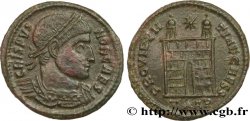
 Full data
Full data